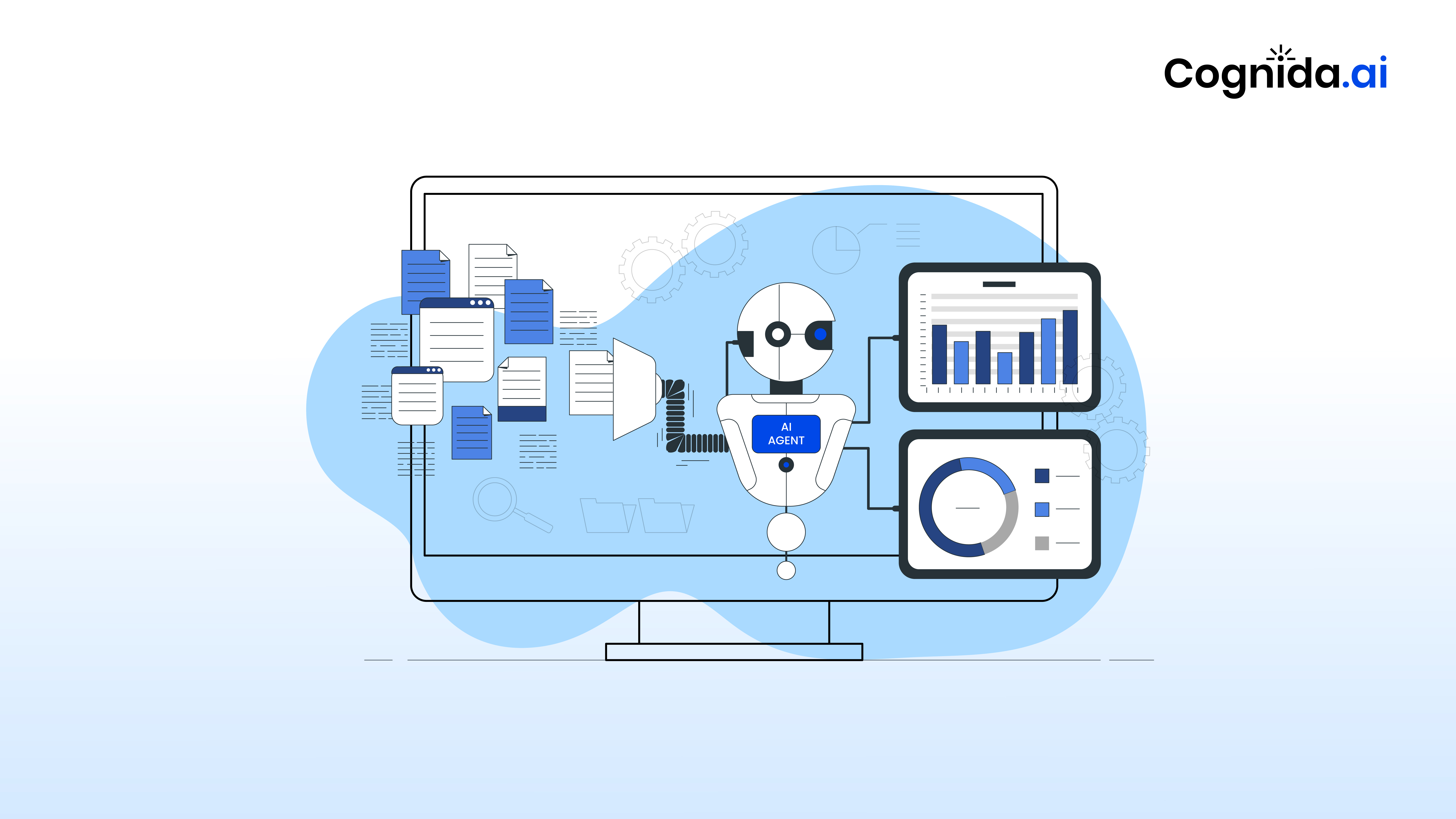Defining True AI Agents: Separating the Wheat from the Chaff

The term “AI Agent” has become a buzzword, applied liberally to anything from basic scripts to sophisticated autonomous systems. However, not all self-proclaimed “agents” meet the criteria to be classified as true AI agents. A clear framework is needed for what constitutes an AI agent and set benchmarks that separate genuine innovations from inflated claims.
What Is an AI Agent?
An AI agent is a system designed to operate autonomously in a dynamic environment, performing tasks or solving problems while interacting intelligently with its surroundings. A true AI agent is more than a scripted automation or a glorified chatbot; it demonstrates the capacity for autonomy, adaptability, and decision-making. Let us define 9 key characteristics that should be exhibited by true AI Agents.
1. Autonomy
A true AI agent can perform tasks without constant human intervention, demonstrating the ability to:
- Initiate actions based on its understanding of the environment.
- Make decisions independently within its domain of expertise.
Example: A customer support agent that proactively resolves customer issues by analyzing past queries and suggesting solutions without human input.
2. Context Awareness
AI agents must understand their operational context and adapt accordingly. This involves:
- Perceiving and interpreting changes in their environment.
- Adapting actions based on real-time information.
Example: A logistics agent reroutes deliveries dynamically based on traffic conditions and weather reports.
3. Goal-Oriented Behavior
True AI agents operate with clear objectives, balancing short-term tasks and long-term goals. This includes:
- Defining priorities and optimizing strategies to achieve outcomes.
- Handling conflicts between competing objectives intelligently.
Example: An AI personal assistant scheduling meetings while considering the user’s preferences, deadlines, and travel time.
4. Decision-Making
AI agents must demonstrate the ability to make informed, rational decisions by:
- Evaluating multiple options and selecting the best course of action.
- Justifying decisions based on logic, data, or learned patterns.
Example: A healthcare agent analyzing patient data to recommend personalized treatment plans.
5. Adaptability
A hallmark of a true agent is its ability to handle novel situations by:
- Learning from new data or experiences to improve over time.
- Adjusting to unforeseen scenarios without external reprogramming.
Example: A cybersecurity agent evolving its defense mechanisms to counter emerging threats.
6. Interaction
Agents must be capable of meaningful interaction with:
- Humans: Using natural language to communicate effectively.
- Other Systems: Interfacing with APIs, databases, or other agents to coordinate actions.
Example: An e-commerce agent negotiating with suppliers to optimize stock levels and pricing.
7. Proactive Behavior
Instead of waiting for explicit instructions, agents should anticipate needs and act proactively by:
- Predicting user requirements based on past behaviors.
- Suggesting or taking preemptive actions to prevent problems.
Example: An AI-powered maintenance agent predicting equipment failures and scheduling repairs before downtime occurs.
8. Robustness
True AI agents are designed to operate reliably in diverse and unpredictable conditions. They should:
- Handle errors gracefully and recover from failures.
- Continue functioning effectively under varying levels of complexity.
Example: An autonomous vehicle navigating safely in both urban and rural environments.
9. Ethical and Secure Operation
AI agents must adhere to ethical standards and ensure data security by:
- Respecting user privacy and adhering to compliance requirements.
- Making decisions that align with ethical guidelines and societal norms.
Example: A financial agent recommending investment strategies that prioritize the client’s well-being over maximizing commissions.
Distinguishing Between Automation and True AI Agents
Many systems marketed as “agents” fall short of these characteristics. For instance:
- Simple Scripts: Execute pre-defined tasks but lack autonomy or adaptability.
- Rule-Based Systems: Operate within rigid parameters and fail when conditions change.
- Basic Chatbots: Respond to queries but lack goal-oriented behavior or decision-making capabilities.
To qualify as an AI agent, the system must transcend these limitations, embodying intelligence and independence.
Why This Distinction Matters
The overuse of the term “AI Agent” dilutes its value and creates unrealistic expectations. By adhering to these characteristics, organizations and developers can:
- Foster trust and transparency in AI systems.
- Focus innovation on building truly transformative solutions.
- Educate stakeholders on what AI agents can (and cannot) achieve.
True AI agents represent a confluence of autonomy, intelligence, and interaction, standing apart from simple automation. By holding systems to the criteria outlined above, we can ensure that only genuine AI innovations are recognized as agents, driving meaningful progress in the field of artificial intelligence.
Let’s elevate the discourse and demand more from what we call “AI agents”—because words matter, and so does the technology we build.